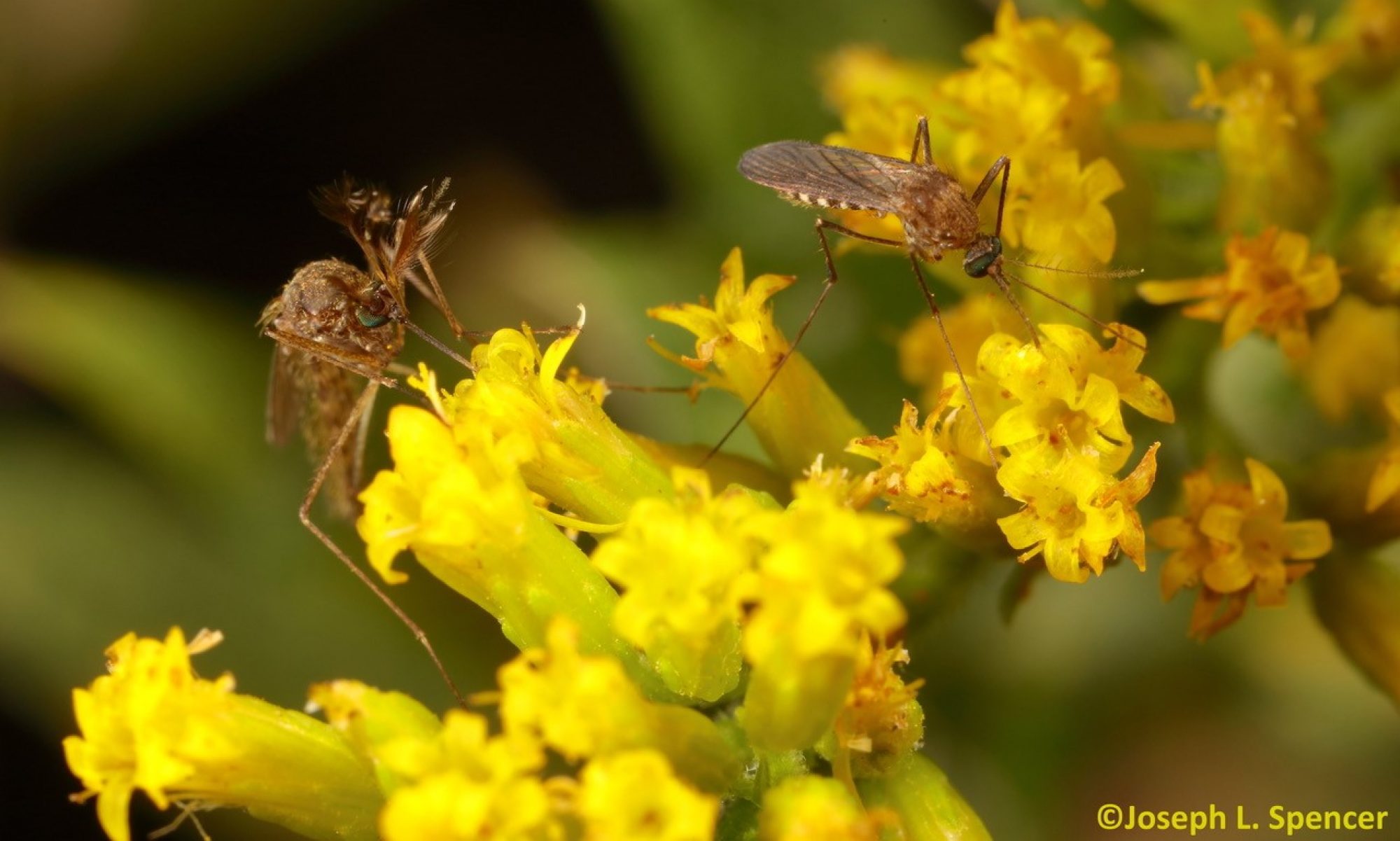CDC Guidance for Tick Removal and Follow-up
The CDC Tick Bite Bot is an interactive tool that can help with tick removal and planning follow-up after a tick bite
Video demonstrating tick removal
Downloadable handouts with general information on tick bite response
What to do with the tick?
- After removal, save the tick in case it is wanted later – for instance, by a health care or public health provider. Put it in a secure container or bag and firmly close then store in freezer with information on the event, including:
- Who was bit
- Date the tick was removed
- Date and location where the tick was most likely encountered (can be more than one)
- Whether the individual bit traveled outside their county of residence in the past 10 days
- Want to try identifying the tick? Compare it to images on our website (here) or on iNaturalist (here)
- Live in or visiting Illinois and want to send the tick or a photo of it for a FREE identification? See information here
Information from the Illinois Dept. of Public Health on tick bites: "If you experience a rash that looks like a bull's-eye, or a rash anywhere on the body or an unexplained illness accompanied by fever following a tick bite, you should consult your physician and explain that you were bitten by a tick. Disease carried by ticks can be treated with antibiotics. However, the type of antibiotic can vary and individuals should be treated early in the infection. Fact sheets about symptoms and treatment of tickborne diseases may be obtained from local health departments, by calling the Department’s central office at 217-782-2016 or from the Department’s Web site at www.dph.illinois.gov."
